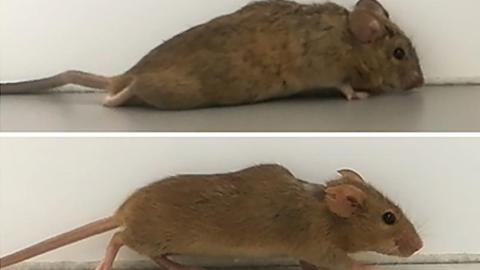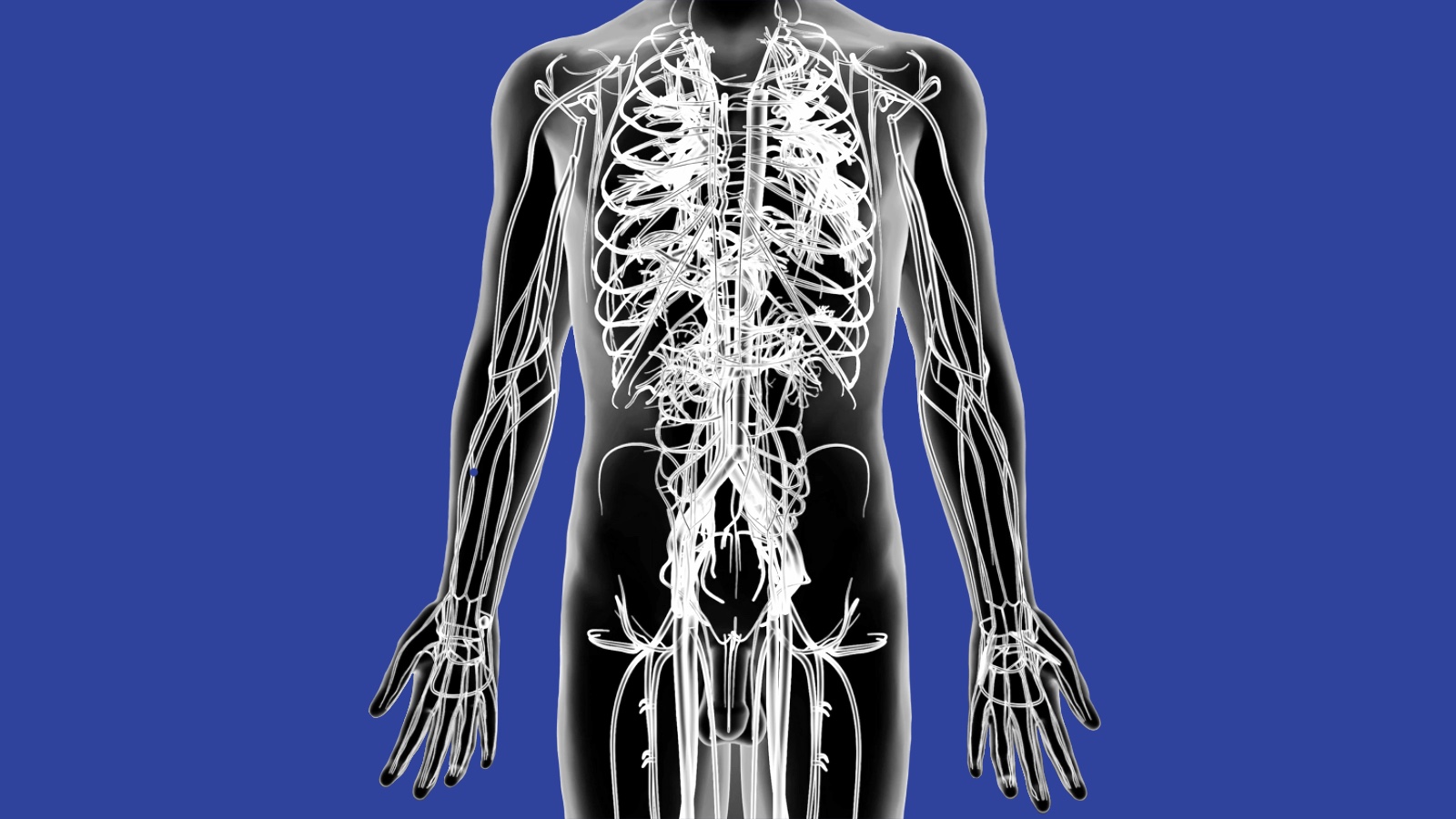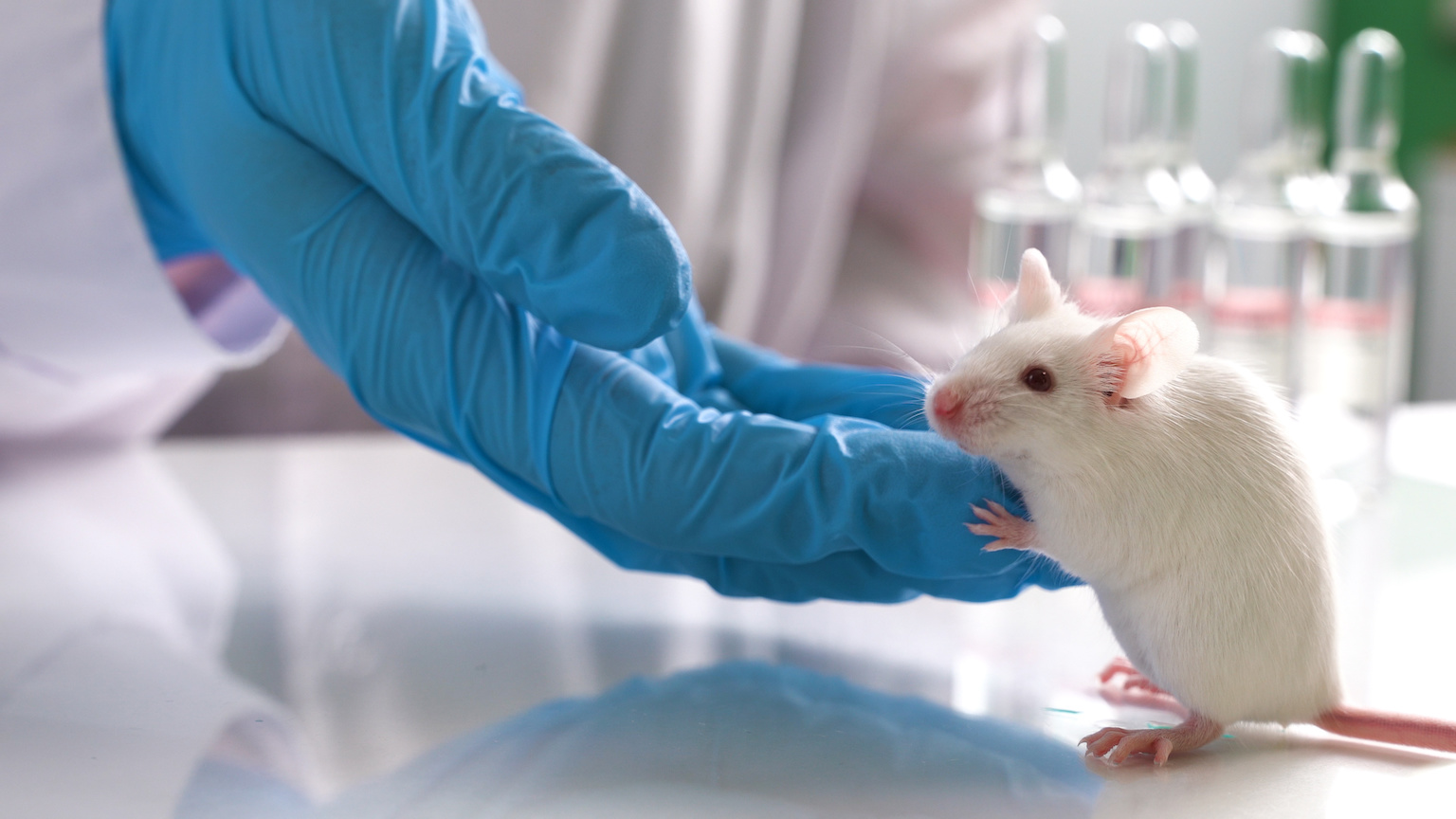Spinal cord injury breakthrough makes paralyzed mice walk again

Credit: Lehrstuhl für Zellphysiologie
- Researchers from Germany use a designer protein to treat spinal cord damage in mice.
- The procedure employs gene therapy to regenerate damaged nerve fibers that carry signals to and from the brain.
- The scientists aim to eventually apply the technique to humans.
When spinal cord injuries result in paralysis, science hasn’t so far been able to provide a way to repair the damage and reverse the condition. Now a team of researchers from Germany used a designer protein to help paralyzed mice to walk again, raising hopes for a cure that can extend to humans.
The study was carried out by a team from the Department for Cell Physiology at Ruhr-Universität Bochum (RUB) in Germany, led by Professor Dietmar Fischer. The scientists restored the walking ability of mice who were paralyzed in both hind legs by manipulating the supply of the protein hyper-interleukin-6 that causes nerve cells to regenerate.
“This is a so-called designer cytokine, which means it doesn’t occur like this in nature and has to be produced using genetic engineering,” explained Dietmar Fischer.
The protein works by taking on a key feature of spinal cord injuries that produce disability – damage to nerve fibers known as axons that transport signals back and forth between the brain, the muscles, and the skin. When these fibers stop working, the communication ceases as well. What’s more, the fibers don’t grow back if severed, leaving patients paralyzed and numb, with no current treatments available.
This is why advancements in this field are so vital, underscoring the achievement of the Bochum team. The researchers used viruses to make nerve cells in the motor-sensory cortex to produce hyper-interleukin-6 on their own. The viruses injected into the brains of the paralyzed mice were specially-tailored for gene therapy, carrying blueprints for protein production to nerve cells known as motoneurons. These motoneurons used axonal side branches to transport the proteins to cells involved in movement functions like walking, explained the press release from the University. Normally these key cells are very hard to reach.
The technique succeeded and in a few weeks, the paralyzed mice began to walk.
What is a spinal cord injury?www.youtube.com
“Thus, gene therapy treatment of only a few nerve cells stimulated the axonal regeneration of various nerve cells in the brain and several motor tracts in the spinal cord simultaneously,” elaborated Fischer. “Ultimately, this enabled the previously paralyzed animals that received this treatment to start walking after two to three weeks. This came as a great surprise to us at the beginning, as it had never been shown to be possible before after full paraplegia.”
Next the team plans to investigate further regenerative effects it can achieve with hyper-Interleukin-6, while striving to understand how these advancements in treatment can be applied to humans.
Check out the study published in Nature Communications.





